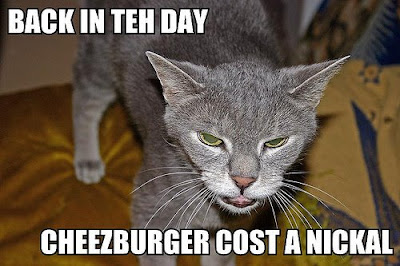That’s right, 20 yeas ago today the first version of the Java programming language was released, and the web was changed forever. (And with the exception of James Gosling, Mike Sheridan, Patrick Naughton, and their development team who worked on Oak [which was the beginning of the Java language project] between 1991 and 1995, the doctor becomes one of the few individuals who can honestly claim 20 years experience in Java and the Java platform — as he downloaded it in May, 1995 and was teaching it in Data Structures and Comparative Languages courses as far back as June, 1995.)
It might be hard to fathom that Java didn’t exist 20 years ago considering that the vast majority of desktops run Java, that it’s been the top rated development language (on the Tiobe index, for e.g.) for most of its existence, and that many enterprise systems (including many supply chain systems) run on Java, but it didn’t.
So while you’re having your cup of Java today, think about this and wish Java a happy birthday. Especially considering that it’s ancient in internet years and still going strong!

